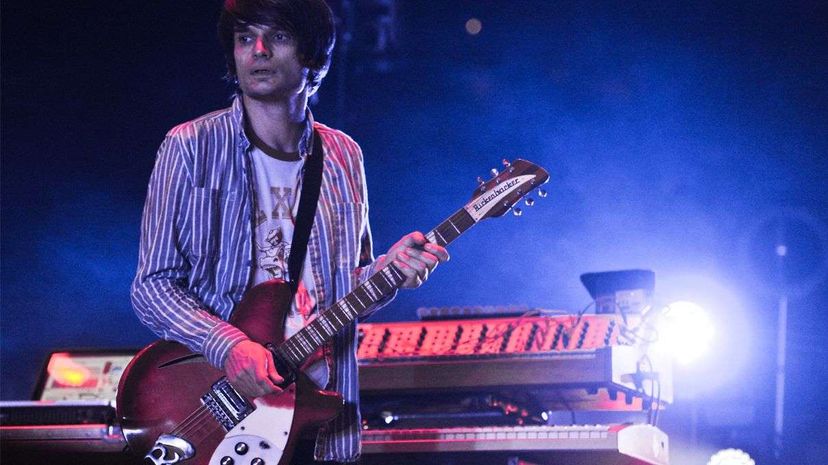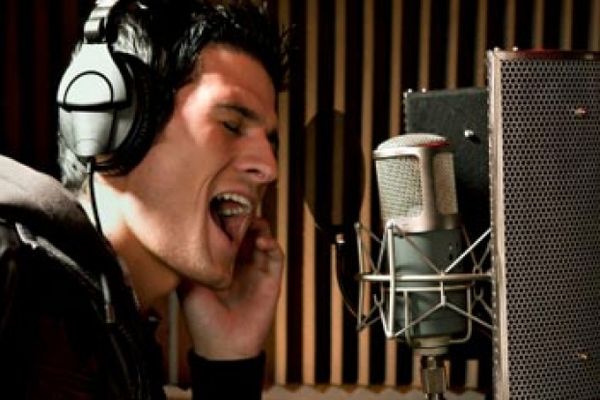
Software developer Dave Yarwood released a new programming language this fall. It's called Alda, and it has an unexpected audience: composers.
Yarwood, a classically trained musician who studied composition at the University of North Carolina at Chapel Hill, was composing music before he was composing code. Musicians, he says, are often drawn to programming.
Advertisement
"I think there are a lot of parallels between the two worlds," Yarwood writes in an email. "Both fields are very regular and mathematical in nature, yet contain a strong element of artistic creation."
Links between math and music are certainly well-established, and technology has always shaped musical creation. Starting in the early 20th century, musicians adopted sound amplification, and then recording, and then synthesis. Composing on computer predates the PC, going back at least to 1957, when an engineer and an IBM mainframe in New Jersey proved a computer could play a series of notes in a preset arrangement.
Advertisement
